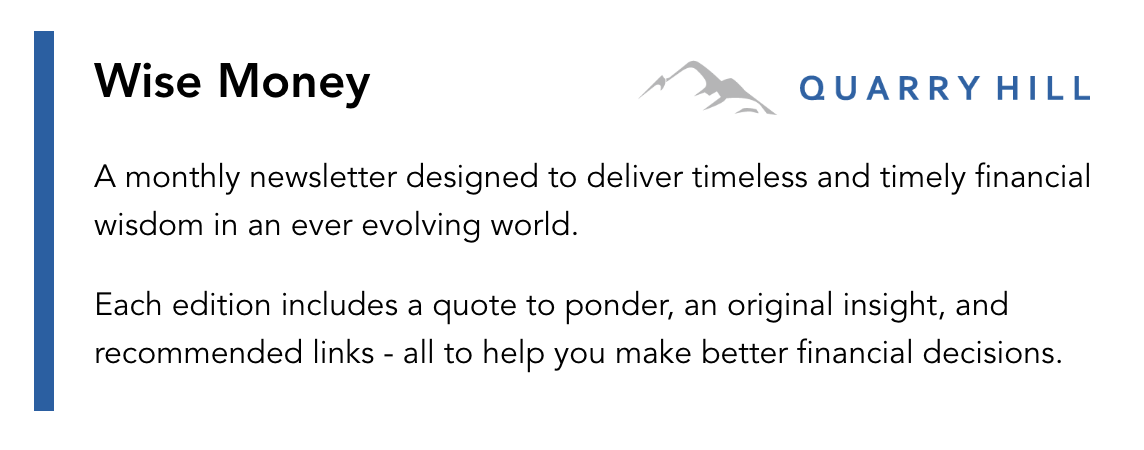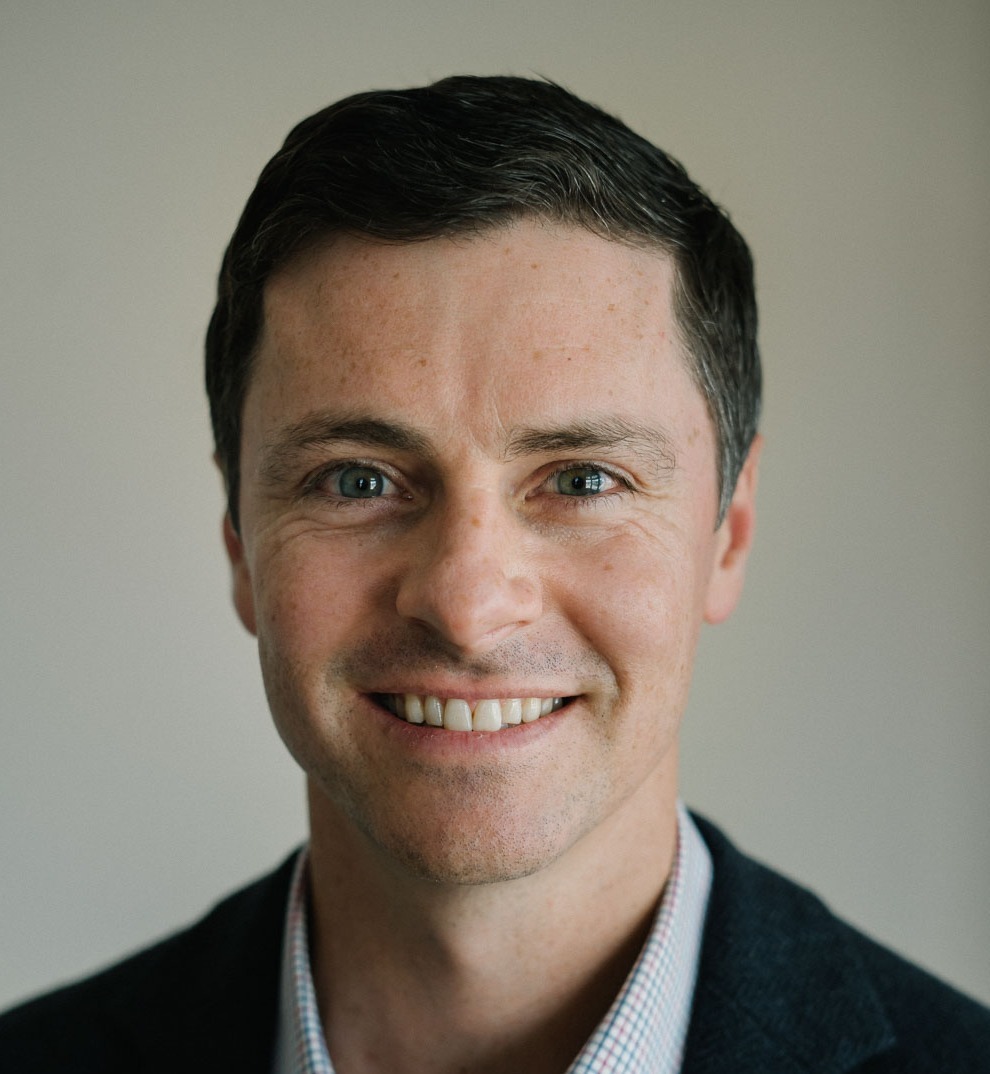

Quote to Ponder
“Risk means more things can happen than will happen. The riskiest thing in the world is the belief that there’s no risk.”
- Howard Marks
Recommended Links
- Looming Threat to Bitcoin - WSJ
- What You Can Learn From a Young Warren Buffett - WSJ
- Morgan Housel & Howard Marks - Podcast
- A Number from Today, a Story About Tomorrow - Morgan Housel
- Signs of a Top - A Wealth of Common Sense
Insight
Investing is a paradoxical game.
It requires a delicate balance of logic and emotion, caution and courage, foresight and humility. And a deep understanding of risk.
Risk is not something that can be easily quantified or reduced to a number. Risk is a shapeshifter—it exists not just in the possibility of losing money but in the gap between perception and reality.
Imagine walking on a frozen lake. If the ice is thick, but everyone warns you it’s thin, you might hesitate unnecessarily. Conversely, if the ice is dangerously thin, yet everyone assures you it’s safe, you might step forward with confidence right into disaster. Risk, then, is often greatest when it seems lowest and lowest when it seems greatest. This disconnect between reality and perception is where many investment mistakes are born.
The ability to think independently, particularly in a world of click-driven news, is another critical trait to successful investing. To achieve superior results, you must be willing to diverge from the crowd
Independent thinking, coupled with judgment accuracy, is a rare and powerful combination. Bjorn was at an investment conference recently when the speaker asked the audience to raise their hand if their portfolios had at least 36% in International stocks. Only one other person raised their hands beside Bjorn. This indicates high positive returns for international companies since US and international returns will eventually revert to their long-term averages. But it isn't easy to go against the crowd.
One of his most enduring lessons lies in the importance of understanding cycles. Markets, like seasons, are cyclical, moving through phases of optimism and pessimism, boom and bust. A savvy investor recognizes these cycles, not by predicting their exact timing—an impossible feat—but by observing where the pendulum of sentiment is swinging.
When euphoria drives prices beyond reason, the prudent investor pulls back, even if it feels uncomfortable to do so. When despair dominates and assets are shunned, they lean in, even if the decision feels lonely. It is in this understanding of cycles, and the discipline to act accordingly, that enduring success is found.
Perhaps the most counterintuitive aspect of successful investing is that comfort and profit rarely coexist. Investments that feel safe and obvious—those embraced by the masses—are often priced to perfection, leaving little room for upside.
The true rewards go to those who are willing to embrace discomfort and who can stomach the volatility and uncertainty that accompany undervalued or overlooked opportunities. This does not mean taking reckless risks; it means having the conviction to act when others hesitate and the discipline to wait when others rush.
These lessons remind us that investing is not a sprint; it is a marathon of patience, preparation, and thoughtful decision-making. The best investors do not simply react to market conditions; they prepare for what might lie ahead, aware that the future is inherently unknowable. As legendary investor Howard Marks often says, “You can’t predict, but you can prepare.” It’s a call to think deeply, act cautiously, and above all, remain humble in the face of the market's complexity.
Investing is not a game to be won but a discipline to be mastered—a process of aligning our decisions with the realities of the world, even when those realities are obscured by the noise of the moment.
For those willing to embrace this approach, the rewards extend far beyond financial gain. They lead to a deeper understanding of risk, reward, and the enduring power of thoughtful, independent thinking.
This material is intended for educational purposes only. You should always consult a financial, tax, or legal professional familiar with your unique circumstances before making any financial decisions. Nothing contained in the material constitutes a recommendation for purchase or sale of any security, investment advisory services or tax advice. The information and opinions expressed in the linked articles are from third parties, and while they are deemed reliable, we cannot guarantee their accuracy.
